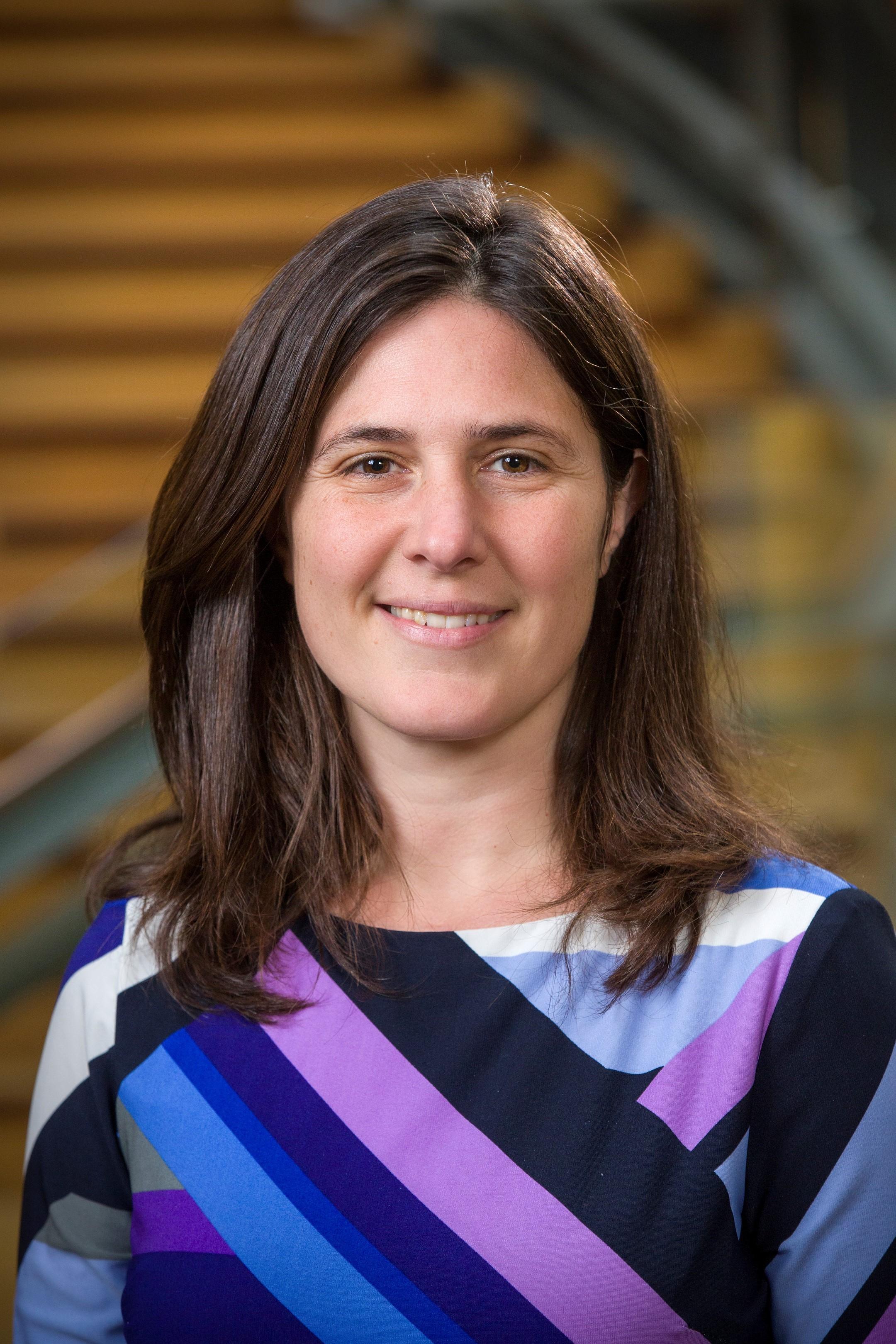- < Back To Home
- /
- Projects We Support
Projects We Support
Active Projects
Data Types:
Clinical Data
Biofluid Data
Imaging Data
Now entering its second 5-year renewal period.

We will evaluate the ability of recently-developed research brain imaging methods to identify different types of symptoms or symptom progression in individual patients.
Now entering its second 5-year renewal period.


The goal of this project is to determine whether SPECT, PET or MRI brain imaging features predict disease progression in Dementia with Lewy Body (DLB) patients.


Lewy body dementia (LBD) is a devastating disorder of thinking, memory, and emotional disturbances that currently has no cures or effective therapies. Novel biomarkers of LBD promise to advance our ability to manage and treat this disease. We propose to develop novel high-impact protein biomarker panels for LBD in blood and cerebrospinal fluid (CSF) using an innovative proteomic strategy that incorporates network analysis, brain- biofluid integration, and targeted biomarker validation.
Active Projects
Data Types:
Clinical Data
Biofluid Data
Omics Data


The disease-associated protein, alpha-synuclein (αSynD), is a characteristic feature of Parkinson’s disease (PD), and non-PD Parkinsonisms such as multiple system atrophy (MSA) and dementia with Lewy bodies (DLB). Currently, a certain diagnosis of these disorders often requires the detection of αSynD in autopsy brain samples.
There is a need to identify biomarkers for diagnosis in easily accessible samples such as skin tissue. Our goal is to establish skin αSynD as a biomarker for diagnosis of Parkinson’s disease (PD) and define PD severity.


Accurate diagnosis of PSP is challenging because of the similarities in clinical presentations between PD and PSP during the early stages of disease. This project will recruit a biomarker cohort of PD, PSP and healthy control participants to aid in the identification of protein signatures that can differentiate between PD and PSP.


We strive to uncover blood-based genetic biomarkers through evaluation of individuals with Ashkenazi Jewish (AJ) background. In addition to a higher rate of PD and increased frequency of LRRK2 and GBA mutations, these individuals are characterized by genetic similarities that may help reveal disease-related genes with much smaller samples sizes.

The objective of this proposal is to better understand the relationship between [11C]CPPC binding and cognitive and motor severity in PD and PD-MCI while exploring correlations with pathology biomarkers (α-synuclein, β- amyloid, tau), peripheral immune function and [11C]CPPC.
Projects supporting the development of clinical and biospecimen resources for PD Biomarker Discovery:
Data Types:
Omics Data
Clinical Data
Biofluid Data
Imaging Data

This study will use existing imaging and clinical data from the Kaiser-Permanente database and from the Emory University Morris K Udall Center of Excellence in Parkinson's disease to develop multimodal biomarkers for Parkinson’s Disease.

Dementia with Lewy bodies (DLB) and Parkinson’s disease dementia (PDD) are two forms of dementia in the elderly that share motor and cognitive symptoms. This often leads to misdiagnosis and ineffective treatment. Our project will explore whether patterns of DNA methylation in blood- a mark that regulate how genes are expressed- may help in differentiating patients with PDD, DLB, and healthy individuals.




An observational study to characterize and compare long-term clinical outcomes data collected remotely through periodic tele-visits, interactive smartphone app sessions, and web-based surveys in individuals with Parkinson’s disease (PD) whose early clinical progression has already been closely monitored for years in the STEADY-PD3 and SURE-PD3 trials.


Changes in protein stability and post-translational modifications have been proposed as potential biomarkers of disease. This study will use mass spectrometry to identify protein signatures from cerebral spinal fluid and brain tissue to define changes related to Parkinson’s disease.

Dr. Scherzer’s team proposes to identify regulatory non-coding RNAs that may act as biomarkers for Parkinson’s disease diagnosis. This project will also recruit a longitudinal cohort of PD subjects and healthy controls for PDBP, where clinical data will be entered into the PDBP data management resource and biofluid biosamples will be deposited with the NINDS BioSEND repository.

Ribonucleic acid (RNA) is essential for coding, decoding, regulation, and expression of genes. This project will use blood-derived RNA to identify differential gene expression patterns among Parkinson’s disease, Progressive Supranuclear Palsy, and healthy controls, to develop RNA biomarkers that will assist in early stage disease diagnosis.

Up to 70% of patients with Parkinson's disease fall each year, quadrupling the rate of hip fractures, leading to extended hospitalizations, increased use of skilled nursing facilities and eventual nursing home placement. University of Michigan scientists have developed breakthrough evidence that these falls, which are resistant to currently available treatments, arise from the degeneration of brain cells that use the neurochemical acetylcholine. By integrating neuroimaging, behavioral and pharmacological studies in patients with Parkinson's disease and in animal models, we aim to further dissect the relationship between falls and abnormalities in these brain cells, and to develop the data necessary to launch a clinical trial of a novel treatment for these debilitating symptoms of Parkinson's disease.

Rapid development in protein detection technologies now provide improvements in assay sensitivity and selectivity. This project will use a technology termed single molecule array (SiMoA) to develop assays for key proteins involved in Parkinson’s disease.

Lewy bodies are abnormal protein aggregates discovered by Frederic Lewy in 1912. Lewy bodies form in the nerve cells of Parkinson's disease patients and their presence along with loss of specific nerve cells, that make dopamine, in a region of the brain called the substantia nigra, have been used as signature signs of Parkinson's disease progression. This project will use mass spectrometry to identify Parkinson’s disease proteomic signatures.

As part of the NINDS PDBP, this team will collect biological specimens from PD patients along with detailed clinical information including novel data on gait and balance. They will use blood samples collected from a large number of subjects with Parkinson's disease, as well as people who are healthy, and people with Alzheimer's Disease to identify potential peptoid-based biomarkers for disease diagnosis.

Parkinsonian syndromes (PS) are common neurodegenerative disorders with movement disabilities. Common forms of PS include Parkinson’s disease (PD), progressive supranuclear palsy (PSP) and multiple system atrophy (MSA). The current diagnosis of PS is based on the pattern of neuronal cell loss and molecular markers. However, at the moment, no biomarkers are available to differentiate the different forms of PS.
The goal of this study is to combine the imaging technique, magnetic resonance imaging (MRI), with two disease-related proteins, α-synuclein and tau, in hopes of discovering biomarkers for diagnosing different PS forms, as well as developing potential therapeutic approaches.

A key enzyme associated with Parkinson’s disease is glucocerebosidase 1 (GBA1). This investigative team will determine if changes in GBA1 enzyme activity and associated lipid profiles are altered in idiopathic and genetic forms of Parkinson’s Disease.

Exosomes are membrane bound vesicles released from cells. Exosomes are found in biofluids such as blood, urine and cerebrospinal fluid and carry cargoes such as RNA, proteins, peptides and lipids. LRRK2, a protein associated with Parkinson’s disease is found in urine exosomes, and this study proposes to determine if LRRK2 isolated from exosomes can act as a biomarker for disease diagnosis or progression.

This study is designed to translate clues from the GBA pathway into biomarkers for clinical drug trials for patients with Lewy bodies and memory loss. It will create a prototype tool kit of tests for innovative, genetics-inspired, biomarkers-guided phase II trials for this major cause of memory impairment.

To identify potential changes in proteins, ribonucleic acids (RNAs) and deoxyribonucleic acid (DNA), which track with Parkinson's disease progression, Dr. Dawson and his team will lead a study that involves participation of people with Parkinson's disease which includes individuals at all stages of disease.

Dr. Zhang and his team are experts in evaluating proteins which could be candidates for biomarkers (indicators of disease progression), in the cerebrospinal fluid (CSF) and blood collected from patients with Parkinson's disease and healthy control subjects.

We will evaluate the ability of recently-developed research brain imaging methods to identify different types of symptoms or symptom progression in individual patients.

This project will explore if exosomes isolated from the urine of Parkinson’s disease patients can provide signatures for disease diagnosis or progression. The project will also provide a cross-sectional cohort of PD patients for PDBP, where clinical data will be entered into the PDBP data management resource and biofluid biosamples will be deposited with the NINDS BioSEND repository.

Parkinson disease (PD) is the second most common neurodegenerative disease in the United States and affects over one million Americans; this number is growing due to population aging. Current treatments do not prevent the disease progression that ultimately results in severe disability. There is thus a compelling need to develop neuroprotective treatments. Because at the time of the clinical diagnosis of PD there is already substantial neuronal loss, such treatments should ideally be initiated earlier.

Parkinson's disease (PD) can involve many parts of the nervous system, but a major factor is death of nerve cells in a part of the brain called the substantia nigra (SN). These SN cells are especially important because they connect to another brain region called the striatum that plays a role in integrating signals that control motor and other brain functions.


Overlap of symptoms in early stages of PD and PSP makes diagnosing these diseases challenging, yet accurate diagnosis is critical for effective targeting of disease-modifying therapies. This study will use 2 different imaging modalities to develop PD and PSP biomarker approaches for diagnosis and progression.

Several movement disorders such as multiple system atrophy (MSA), progressive supranuclear palsy (PSP), and essential tremor (ET), share many of the signs and symptoms commonly used to diagnosis Parkinson's disease. During the early stages of these diseases and because of the similarities with Parkinson's disease, it is often difficult to accurately diagnose the disorder.

This study will develop genetic predictors of Parkinson’s Disease progression by using a target DNA sequencing approach to assess approximately 3,900 DNA samples from 10 clinical cohorts with longitudinal data.

This project will use mass spectrometry to identify peptide signatures that define Parkinson’s Disease from cerebrospinal fluid (CSF) and plasma isolated exosomes.

Amyloidopathy is a significant feature of Alzheimer disease (AD), Dementia with Lewy Bodies (DLB), and Parkinson disease dementia (PDD). Modulation of amyloid Aβ peptide production is an important target for development of therapies to slow progression or delay the onset of amyloidopathies.

The primary purpose of this study is to establish a dosage of isradipine CR that is tolerable and demonstrates preliminary efficacy for utilization in future pivotal efficacy studies.



A multicenter, randomized, double-blind, placebo-controlled, phase 3 trial to determine whether oral inosine dosed to moderately elevate serum urate (from ≤5.7 mg/dL to 7.1-8.0 mg/dL) over 2 years slows clinical decline in early PD.
Clinical decline will be assessed as change in the primary outcome variable of the Movement Disorders Society-Unified Parkinson's Disease Rating Scale (MDS-UPDRS), a composite scale comprising patient- and clinician-reported outcomes.


The goal of this project is to discover genetic and epigenetic biomarkers specific for Dementia with Lewy Bodies (DLB).

Developing a blood based biomarker for Parkinson’s Disease would significantly contribute to patient stratification by providing an initial screening strategy for clinical trials and potentially early diagnosis. This study is testing a proteomics platform that enables screening of over 1000 proteins and utilizes plasma available through the PDBP and NINDS BioSEND Repository.

Dr. Chen-Plotkin and her team are working to identify risk factors for memory problems or different rates of worsening in Parkinson's disease, which could be important in preventative strategies for patients at risk for these problems.

Lewy body dementia (LBD) is a prevalent and debilitating neurodegenerative disorder with no cure currently available. Existing tools to distinguish LBD subtypes are imprecise and this imprecision poses challenges for timely diagnosis and for research. The goal of this study is to identify unique epigenetic signatures (patterns of gene activation) in LBD that will facilitate diagnosis and treatment.
Active Projects

To perform a prospective cohort study with FEOBV brain PET at baseline and 2-year follow-up in PD subjects at risk of conversion to non-episodic and episodic (falls and FoG) PIGD motor features and cognitive changes at the same time points.

This study will test the hypothesis that deep brain stimulation (DBS) targeting specific changes in oscillatory activity at the site of stimulation will prove superior to continuous isochronal DBS thus providing the rationale for development and optimization of closed loop paradigms and determine whether the optimal closed-loop biomarker varies across subcortical targets, is task dependent, or serves to re-establish a default network that removes an underlying disruptive physiological state leading to greater improvement in motor signs and task performance.

The vision for this P20 Exploratory Grant is to create the team, environment, and capability to explore innate and adaptive immunity in PD. The long term goal for this team is to establish a P50 Udall Center which will identify novel immunomodulatory treatments to slow the progression of PD and to complement ongoing studies in existing Udall Centers by establishing a focus of expertise in neuroinflammation.

Anyone anywhere should be able to participate in research, benefit from resulting therapeutic advances, and receive care for Parkinson disease. The Udall Center at the University of Rochester will help meet this challenge by developing, evaluating, and disseminating new tools, including disease models, virtual visits, and objective measures of PD. This new approach will engage participants nationally, accelerate evaluation of new therapies, and help address the rising burden of Parkinson disease.

Our goal is to catalyze novel collaborations that will lead to an Udall Center of Excellence. We will test the overall hypothesis that decreased dopamine-dependent PFC 4 Hz activity impairs cognition and speech in PD. We will identify cellular and circuit mechanisms underlying PFC function and dysfunction in preclinical rodent models and in human PD patients. We will harness complementary and convergent cutting-edge techniques, such as cell-type-specific 2-photon imaging of the PFC in behaving animals, human intraoperative neurophysiology, brain imaging, and brain connectivity. Common research themes focus on the PFC in cognitive and speech symptoms of PD, neuronal oscillations, and neuronal circuits. Specific synergies among projects include our molecularly-defined circuits, shared analytic tools, and the temporal organization of cognitive and speech functions disrupted in PD